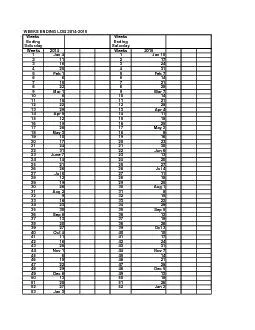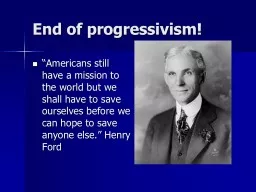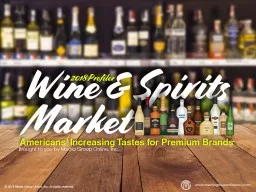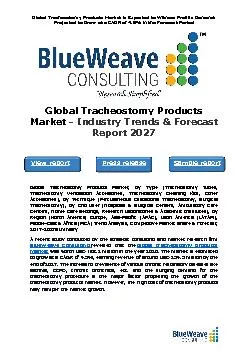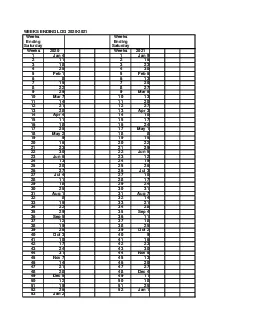PPT-Americans Turn to Ice Cream Once Again After years of declining sales, ice cream made
Author : luanne-stotts | Published Date : 2019-10-30
Americans Turn to Ice Cream Once Again After years of declining sales ice cream made a comeback during the 52 weeks ending August 6 2017 increasing 39 to 61 billion
Presentation Embed Code
Download Presentation
Download Presentation The PPT/PDF document "Americans Turn to Ice Cream Once Again A..." is the property of its rightful owner. Permission is granted to download and print the materials on this website for personal, non-commercial use only, and to display it on your personal computer provided you do not modify the materials and that you retain all copyright notices contained in the materials. By downloading content from our website, you accept the terms of this agreement.
Americans Turn to Ice Cream Once Again After years of declining sales, ice cream made: Transcript
Download Rules Of Document
"Americans Turn to Ice Cream Once Again After years of declining sales, ice cream made"The content belongs to its owner. You may download and print it for personal use, without modification, and keep all copyright notices. By downloading, you agree to these terms.
Related Documents


